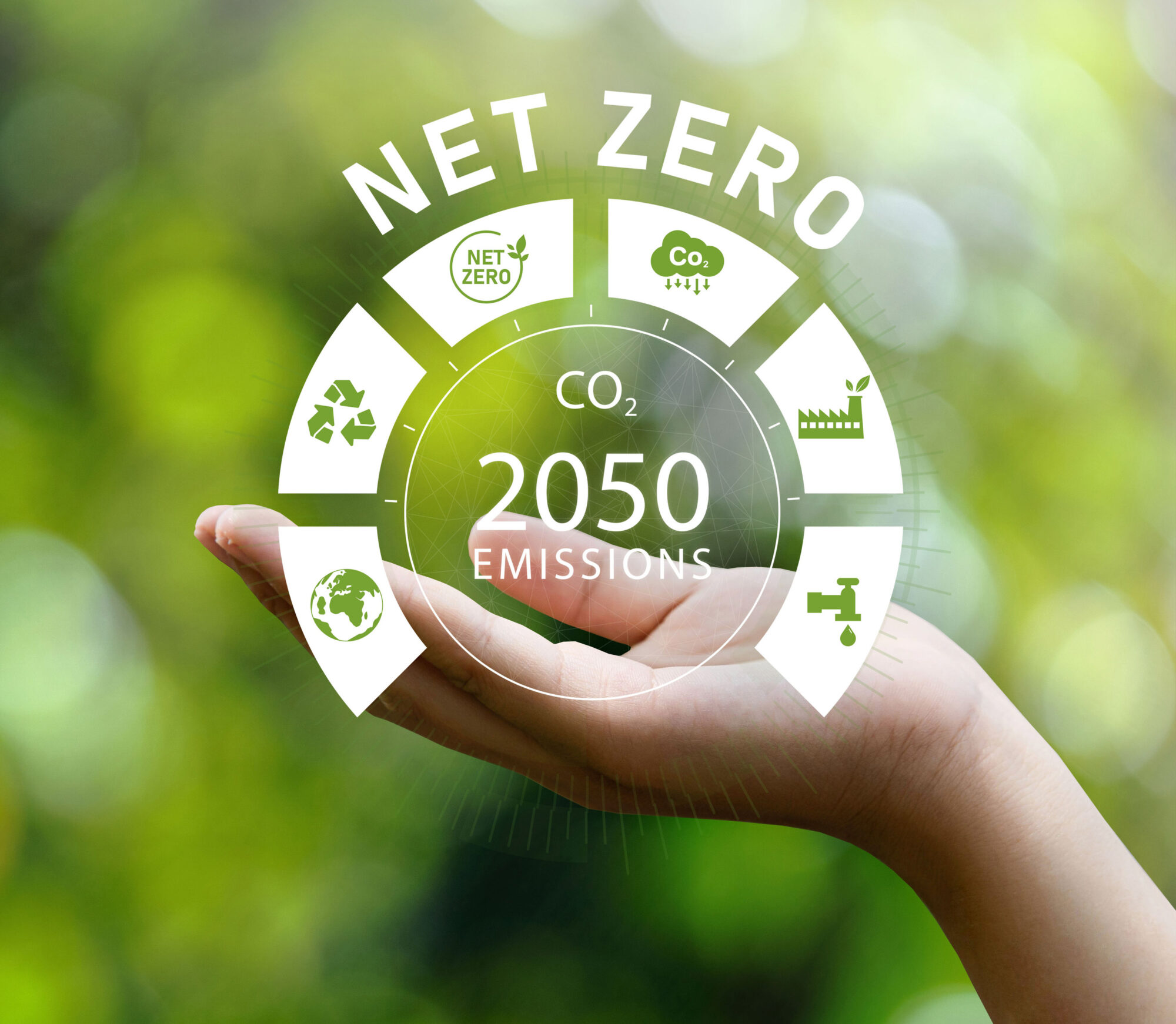Net Zero by 2050

The International Energy Agency (IEA) has set as a goal that all new buildings must be zero-carbon ready by 2030. That means design choices cannot revolve around energy efficiencies alone but must also include life cycle carbon impact of all products, processes, and systems around new construction.
Elimination of Moisture Testing
Reprinted, with permission, F2170−19a Standard Test Method for Determining Relative Humidity in Concrete Floor Slabs Using in situ Probes, copyright ASTM International. A copy of the complete standard may be obtained from ASTM International, www.astm.org.

Life Cycle Assessment

Data from February to May of 2022 regarding raw materials, energies, auxiliary materials, and supplies were used, plus even the average hauling distance by diesel truck of materials and waste product. The complete manufacturing process in the Theodore, AL plant was studied, as well as the packaging. See the report for complete details. After evaluation of the data, UL Environment issued an EPD to ISE Logik for its MVRA 900.
“This is a momentous step for ISE Logik and underscores our commitment to sustainable design,” remarked Dean Craft, principal. “We are proud to have brought to market the most cost-effective, and environmentally conscious approach to eliminating the negative issues of concrete moisture vapor emissions that plague project schedules and budgets.”
Specifying MVRA 900
When you specify MVRA 900, you can do so with sustainable confidence. By eliminating the need for any field moisture tests and topically applied moisture mitigation systems (and their associated petrochemical derived products and test apparatuses) and all the associated transportation to affect that process, no other concrete moisture vapor emission process contributes more to achieve net-zero than MVRA 900.

